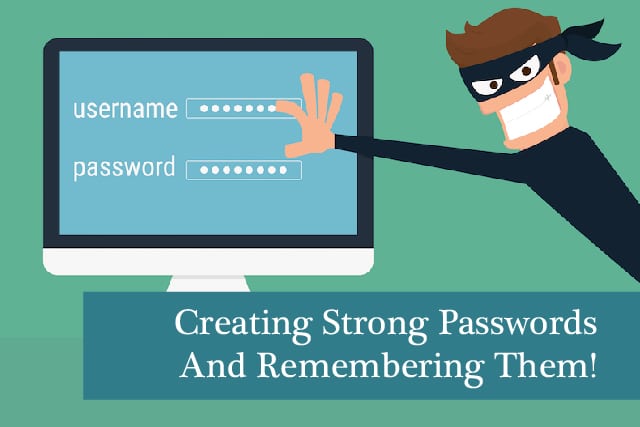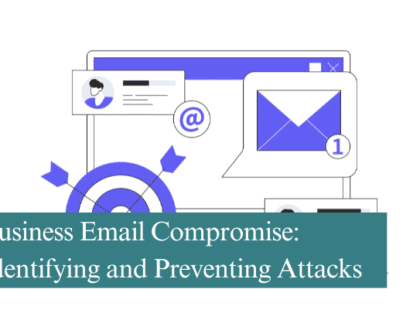
Every time you create an account with any service you’ll be told to “use a strong password”. Often you’ll even be forced to use what the system considers to be a strong password.
With so many accounts, so many passwords and the need to update them regularly, it makes sense to use a password manager. However even if you decide to go down this route you’ll still need to create and remember a single strong password to access the others.
Creating strong passwords the easy way – the basics
The rise of technology and the internet over the past decades has laid a general blueprint for creating strong passwords:
Minimum length: It’s important for you to create a password that is at least 12 characters. Although there’s no number that everybody agrees on, it’s best practice to choose passwords that are as long as possible. We think a good compromise between password strength and the ability to remember it is around 12 characters.
Using lots of different characters: Using numbers, capitals, lower case letters and symbols makes a password much harder to guess or crack.
Obvious words or phrases: Big fan of cats? Using your child’s name? For anybody that slightly knows you, these topics are the first things they’d guess to try and crack your password. If you’re active on social media you’re probably advertising all of these regularly, often to people that do not know you in real life.
Obvious password tweaks: Although it might seem clever, changing “itsupport” to “itsupp0rt” (where the o becomes a 0) is not hard to guess and would be even easier for a computer to crack.
The first method
Bearing in mind the points above, it should be fairly easy to create a super strong password. In fact, a really good way to create a password that meets the above requirements would be to mash your fingers at your keyboard: “1g9u9jwenv9!!Ljegum” is a really strong password, combining lots of different characters and being over the 12 character minimum.
The problem is that random numbers, letters and symbols are really tough to remember. To make a personal password with this complexity is actually a lot easier than you might think.
Firstly think of a sentence that is specific to you. For example “My first school was ‘hopping hill’. I finished in 2000”. You can translate this sentence into a password something like ”Mfsw’hh’.Ifi00” – see what we did there? We’ve taken the first letter of each word, included the punctuation and year, and combined them. Perfect!
The second method
Another method for creating and remembering a strong password is possibly slightly easier. This involves creating a pass phrase that combines completely random words and substitutes certain characters for symbols and numbers.
Humans aren’t generally the best at creating strings of random words, so make sure yours doesn’t follow any pattern. You might come up with something like “Orangefootbadgerruler” – 4 completely random words.
Once you have a passphrase, substitute certain letters for numbers, include some capital letters as well as some symbols. Our example might become”Or4ngef00t/b4dg3r#ruler”.
This is a strong password and may be easier to remember than a random string of characters.
Use a Password Manager
If you do decide to go for a password manager, we highly recommend Dashlane. This will save all of your different passwords and show them on a dashboard. You’ll be able to choose strong passwords for each of your services and accounts and access them using one master password.
Learn more about Mansys.
Recommended Posts

Are you making the most of your Microsoft 365 licensing?
4th July 2025


